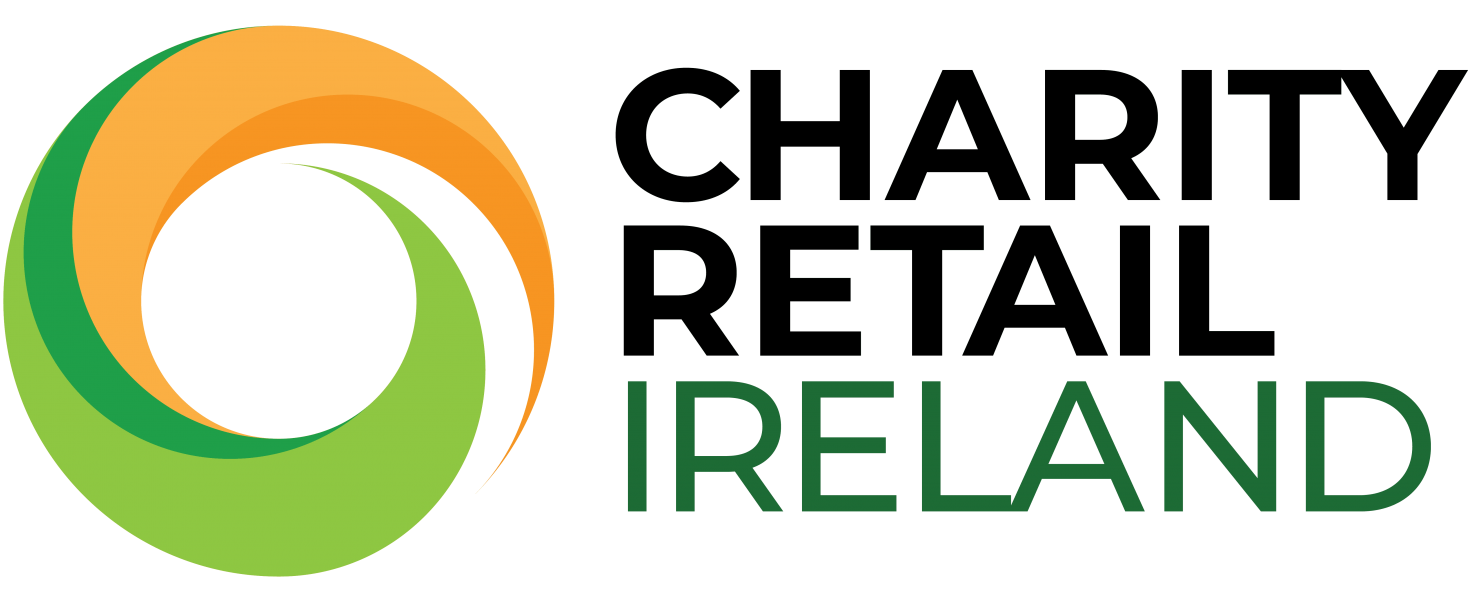Charity Retail Impact Report 2022
Every year Charity Retail Ireland conducts a survey with its members to evaluate how shops benefit the charity sector financially, plus their impact on the communities where they operate and the impact on the environment.
We use the Triple Bottom Line framework to display the results. First coined by John Elkington over 20 years ago, the triple bottom line is a sustainability framework that examines an organisation’s social, environmental and economic impact

We show the Impact of Charity Retail for 2022 in this graphic. Here are some highlights:
The turnover in 2022 for our 42 members operating 492 shops is €65.5 million. 2022 was a good year as it was the first full year of trading since 2019 because of the pandemic.
Over 6,000 people volunteered in charity shops in 2022, which is an amazing figure given the effects of the pandemic on many of them.
In 2022 our charity members diverted 17,300 tonnes away from landfill or waste to energy. This is the equivalent of 1,440 double decker buses.
Charity Retail and the Triple Bottom Line
The 3Ps of the Triple Bottom Line
The triple bottom line is divided into three categories of measurement, known as the 3Ps. These are People, Planet and Profit.
People: this represents the impacts felt by individuals who are directly influenced or affected by the organisation, from employees, families, customers, suppliers, and the wider community.
Planet: these are the culmination of impacts on the natural environment, from the carbon footprint to the use of natural resources.
Profit: or now more commonly referred to as Prosperity, is not just about how money is made but includes the impact the organisation has on the local, national and international economy, including employment, innovation of business or products, wealth creation and more.
Charity Shops provide a unique example of the Triple Bottom Line concept. They provide financial benefits by providing a source of funding for charities who support the most marginalised people in our communities and seek to advocate on their behalf. They have enormous social benefits, providing local employment and training opportunities, for example, community employment schemes. The volunteering opportunities in charity shops can provide a route back to employment for those distant from the workforce as well as providing a sense of purpose and community. Finally, charity shops have a significant role in reducing the environmental impact of the textile industry. They allow textiles and other goods to remain in use for longer, contributing to the circular economy.
By shopping in a charity shop you save money, save waste and save the planet. You also support many amazing causes as our members’ shops raise vital funds for charities nationwide. Many charities have seen an increase in demand for their services during the pandemic so your support is even more important now.
Shop, donate and volunteer in your local charity shop. Click here to find your local shop.
